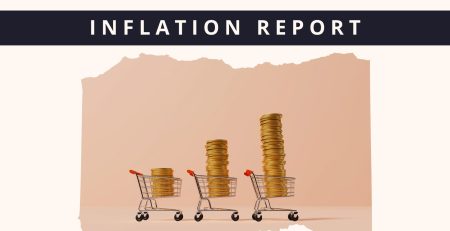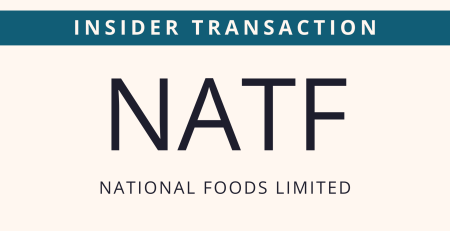Can monetary policy steer Pakistan’s FY25 economic future?
Monetary policy plays a pivotal role in shaping a country’s economic trajectory, and this is particularly true for Pakistan as it enters FY25.
The State Bank of Pakistan (SBP) has been utilising interest rates as a key tool to manage inflation and stabilise the economy.
📢 Announcement: We're on WhatsApp – Join Us There!
As the country looks to the future, the direction of interest rates will be crucial in determining economic outcomes.
In recent years, Pakistan has seen relatively high interest rates, which were implemented to curb rising inflation.
However, with inflation expected to moderate in FY25, there is growing anticipation that the SBP might lower policy rates to stimulate economic activity.
Lower interest rates would make borrowing cheaper for businesses and consumers, potentially leading to increased investment and consumption, which are critical for economic growth.
Will exchange rate strategies anchor external stability?
Another key aspect of monetary policy is exchange rate management, which directly impacts Pakistan’s external stability.
The exchange rate has been a source of concern in recent years, with the Pakistani Rupee experiencing significant depreciation against major currencies.
This has not only increased the cost of imports but also contributed to inflationary pressures within the economy.
For FY25, the SBP is expected to continue its policy of a market-determined exchange rate, while intervening selectively to prevent excessive volatility.
A stable exchange rate is crucial for maintaining investor confidence and ensuring that the country’s external obligations, such as debt repayments, remain manageable.
Additionally, a stable currency would help keep import costs in check, which is particularly important for a country like Pakistan that relies heavily on imported goods, including essential commodities like oil and machinery.
By carefully managing interest rates and the exchange rate, the SBP can help stabilize the economy, control inflation, and support growth.
⚠️ This post reflects the author’s personal opinion and is for informational purposes only. It does not constitute financial advice. Investing involves risk and should be done independently. Read full disclaimer →











Leave a Reply